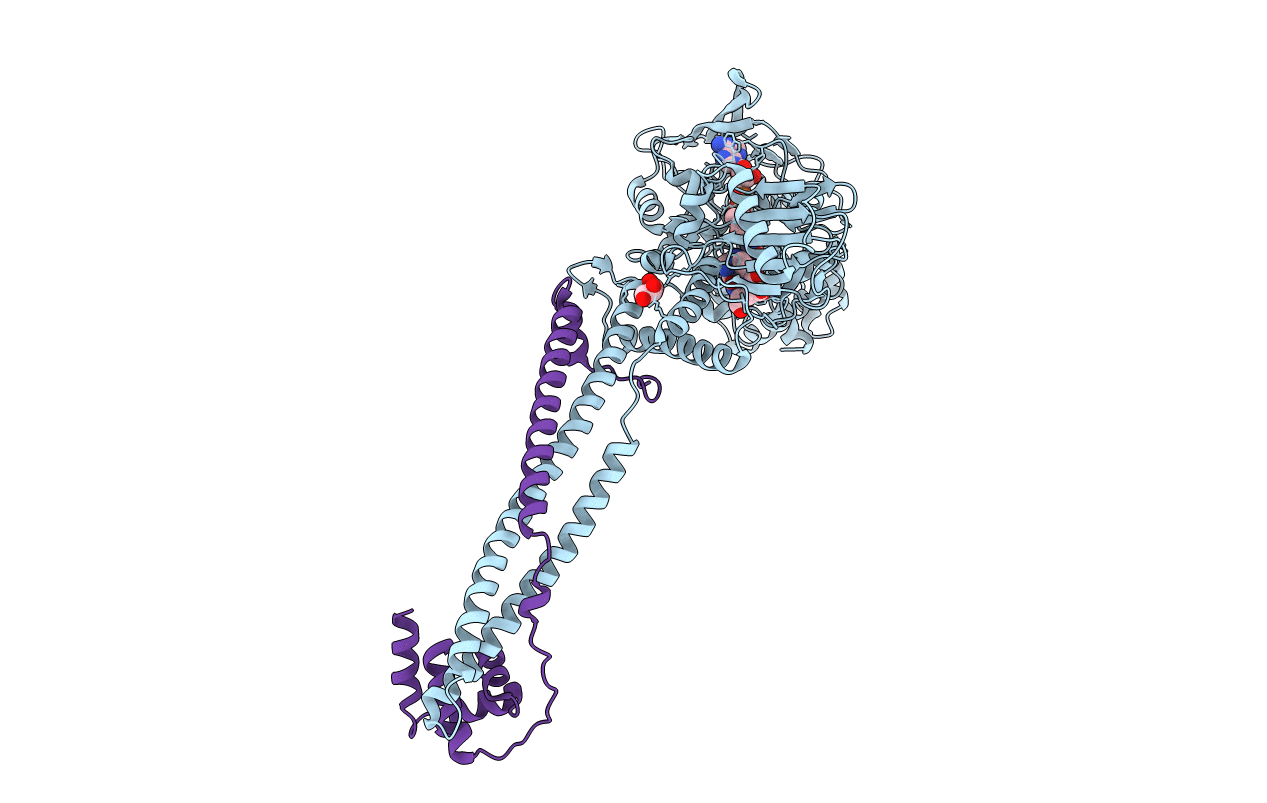
Deposition Date
2013-05-22
Release Date
2014-05-07
Last Version Date
2023-09-20
Entry Detail
PDB ID:
4KUM
Keywords:
Title:
Structure of LSD1-CoREST-Tetrahydrofolate complex
Biological Source:
Source Organism:
Homo sapiens (Taxon ID: 9606)
Host Organism:
Method Details:
Experimental Method:
Resolution:
3.05 Å
R-Value Free:
0.21
R-Value Work:
0.19
R-Value Observed:
0.19
Space Group:
I 2 2 2


